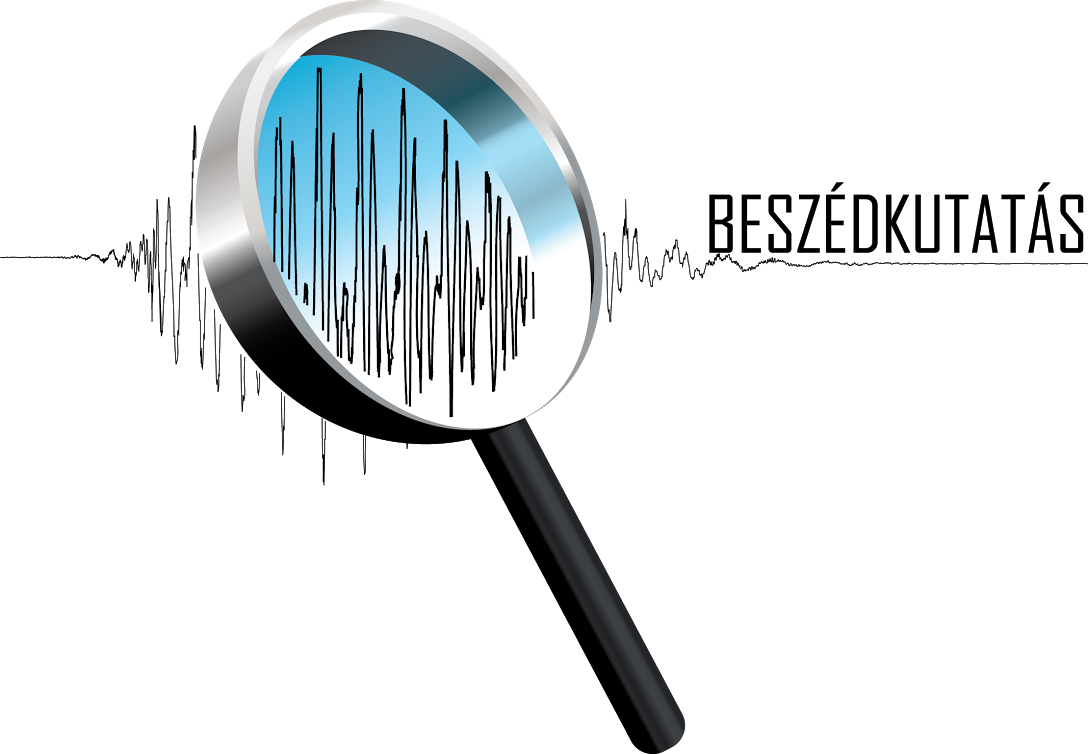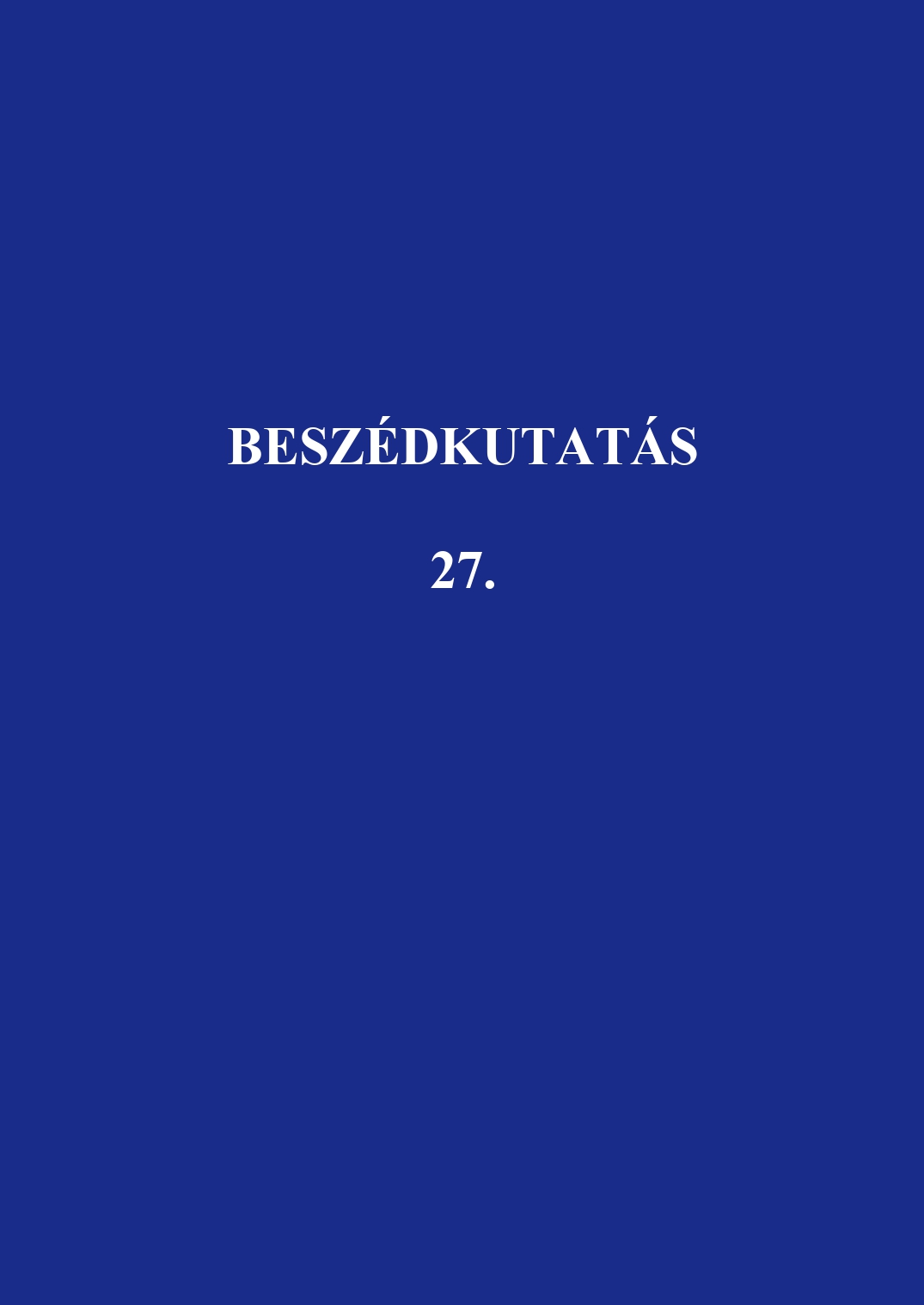A nyelvkontúr automatikus követése ultrahangos felvételeken
Absztrakt
Automatic tongue contour tracking in ultrasound recordings
In recent decades, several types of devices have been constructed to track the invisible movement of the tongue. One of these is ultrasound imaging. The advantage of the measurement method is that it is suitable to track rapid movements, as well, image and sound can be synchronized, and it only causes the speaker, who is not affected by harmful radiation, minimal inconvenience. Its disadvantage is that it does not provide a full three-dimensional image but only shows a longitudinal or transverse section and the tip of the tongue cannot be seen. The longitudinal (midsagittal) section was used to track tongue movements. The automatic assessment of ultrasound pictures is a key issue as the number of frames amounts to several undred thousand so it is impossible to process them manually. The difficulty of tracking tongue contour lies in the fact that the images have a noisy background and the contour line is discontinuous. An algorithm based on dynamic programming was elaborated to track the movement of the back of the tongue. With an extreme size edge enhancing kernel and averaging construction, the process simultaneously handles the problems of break of continuity and noise. In the image obtained after smoothing, the lightest line is searched for from the left to the right edge of the image. The points of the curve thus obtained follow the uneven line of the tongue contour. To smooth the curve, screening based on discrete cosine transformation was applied.
A Beszédkutatásba leadott tanulmányokat máshol változatlan formában megjelentetni nem lehet. Más személy a szerkesztőbizottság engedélyével és megfelelő hivatkozással használhat fel ábrákat a publikált tanulmányokból.





